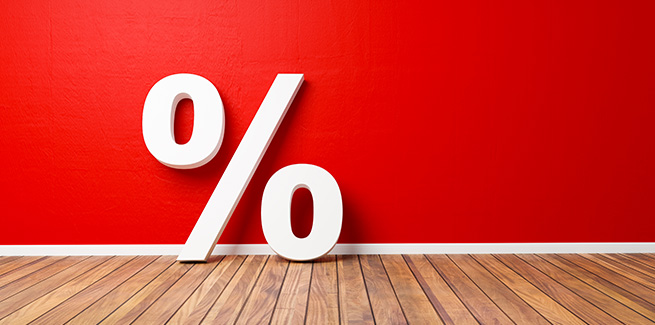The Reserve Bank of Australia (RBA) has held the official cash rate at 0.10 per cent this month in its first cash rate call for 2021, and has expanded its quantitative easing (QE) program by purchasing an additional $100 billion of bonds.
The expectations were formed after the RBA decided to cut the cash rate to the record low in November 2020, and governor Philip Lowe revealed that the RBA did not expect to increase the cash rate for at least three years, or at least until there is a lower rate of unemployment and a return to a “tight” labour market.
After deciding to hold the official cash rate at 0.10 per cent in December, Mr Lowe re-emphasised that the board would not increase the cash rate until actual inflation had reached its target range.
As such, the RBA has announced in its February rate call that it has decided to hold the rate at current levels.
In a statement explaining the RBA’s first cash rate decision for this year, Mr Lowe reiterated that the central bank board would not increase the cash rate until actual inflation is sustainably within the 2 to 3 per cent target range.
“For this to occur, wages growth will have to be materially higher than it is currently. This will require significant gains in employment and a return to a tight labour market. The board does not expect these conditions to be met until 2024 at the earliest,” Mr Lowe said.
“The board remains committed to maintaining highly supportive monetary conditions until its goals are achieved. Given the current outlook for inflation and jobs, this is still some way off.
“The current monetary policy settings are continuing to help the economy by lowering financing costs for borrowers, contributing to a lower exchange rate than otherwise, supporting the supply of credit needed for the recovery and supporting household and business balance sheets.”
Mr Lowe said the RBA has also decided to purchase an additional $100 billion of bonds issued by the federal government and states and territories when the current bond purchase program is completed in mid-April.
These additional purchases will be at the current rate of $5 billion a week, he added.
Last year, the RBA commenced QE by purchasing government bonds on the secondary market after making an emergency out-of-cycle cash rate cut to 0.25 per cent in March 2020 in response to the economic fallout from the coronavirus pandemic. It also launched a multibillion-dollar term funding facility (TFF) to maintain the flow of credit to SMEs.
To date, authorised deposit-taking institutions have drawn $86 billion under the TFF and have access to a further $99 billion.
Commenting on the RBA’s rate move, CreditorWatch chief economist Harley Dale said: “With the RBA using up its ammunition late in 2020, the focus this year will be firmly on federal and state fiscal policy to complement super low borrowing rates and keep our Australian economic recovery on track.
“In terms of all the policies that the RBA has in place, the central bank will be closely keeping an eye on early 2021 economic updates for key sectors such as retail.
Mr Dale also noted that Prime Minister Scott Morrison in his National Press Club address this week outlined various policies, including tax cut for small-to-medium enterprises (SME), and added that “such policies are in play against a backdrop of metrics – such as Australia’s unemployment rate – being in much better shape than many feared through much of last year”.
“The SME sector is a key barometer of Australia’s economic recovery in 2021,” Mr Dale said.
He added that CreditorWatch data would continue to provide updates on “how the business and economic landscape for SMEs is faring in the lead-up to, and necessary conclusion of, the JobKeeper program”.
Finsure managing director John Kolenda commented that the windback of the federal government’s COVID-19 economic stimulus would “weigh heavily” on future RBA interest rate decisions.
However, he added that the central bank would continue to keep the cash rate at current levels to assess economic data over at least the next two quarters.
“The RBA will wait to see the fallout from the scheduled finish of measures such as JobKeeper at the end of March,” Mr Kolenda said.
“They will assess the impact to small-business operators and property owners facing possible hardship when support finishes. The stimulus packages, which have enabled businesses impacted by COVID to receive subsidies from the federal government to continue paying their employees, has been a great success.
“Without JobKeeper and other measures, the unemployment rate could have been well over 10 per cent. But the latest figures for December 2020 show the nation’s unemployment rate had dropped to 6.6 per cent as 30,000 more Australians found work in the wake of the pandemic.”
Mr Kolenda has anticipated that the outlook for the cash rate would be clearer after the June quarter this year.
“It’s unlikely the cash rate will be going any lower, and any future steps by the RBA might be an increase, but that could still be a long way off,” he said.
“The RBA will be closely monitoring the economic data focused on unemployment, property prices and consumer spending. If these three areas all show a rebound, then we will certainly see rates rise.”
[Related: RBA announces December cash rate decision]
 ;
;
